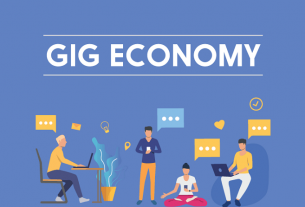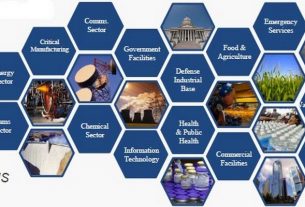A chatbot can be of tremendous advantage to your online business. They are truly revolutionising online marketing in the digital age.
On the contrary, it may be difficult to select a chatbot especially if your business is new or have no idea what chatbots are. The good news is that chatbot platforms such as ConvertoBot will help you customise your own chatbot.
You can design your own chatbot through the following process:
Step 1: Define the Goal Behind the Chatbot
The first step when designing a chatbot is deciding its ultimate goal. You have to figure out what you want your chatbot to do for your business and then work backwards.
Finding out the chatbot’s purpose will be help you choose the appropriate platform for your business. It will also assist you when coming up with conversations or chatbot scripts for the chatbot.
Knowing the end goal will help you come up with the appropriate answers to queries. You can decide whether to use an AI chatbot or a rules-based chatbot. Regardless of your choice, the chatbot should be able to answer a plethora of questions that your audience may ask.
Once the end goal is defined, the rest becomes clear. Hence it is important to take an appropriate amount of time deliberating on this.
Step 2: Study Your Customers’ Communication Habits
A chatbot is ultimately about having conversations with existing and potential customers. Your business’s interactions serve as a primary basis for how you will design your chatbot conversations.
Some of the pertinent questions to ask yourself include which is the most ubiquitous form of communication among your customers? You can then decide whether to use the chatbot to contact them via chat, phone, email or social media.
The frequency with which your customers initiate interactions with you is also a crucial question to ask yourself. It will decide which customers on whom to focus your efforts.
Studying your customer’s interaction habits will put in ideal position to design an excellent chatbot.
Step 3: Design the Chatbot Conversation
Chatbot engagements need to be fun and enticing for them to be successful. What sets your chatbot apart is the level of customer of engagement it can deliver.
Advancements in Natural Language Processing (NLP) now allow chatbots to understand user intent. Chatbots are currently akin to smart, conversational virtual business assistants.
You can design your chatbot conversations to be structured or unstructured. Structured interactions involve collecting common queries by customers and answering them in the chatbot channel.
Unstructured conversations are mainly developed by AI to find the conversation’s intent and provide relevant responses.
Step 4: Choose a Code-Based or Non-Code Network
Non-coding frameworks are used for simple responses and can be used for such chatbots. Some platforms allow you to design simple conversations and upload them to a cloud-based platform once you are finished.
Complex conversations which are mainly unstructured interactions need a chatbot to have a code based framework. To do so, advanced knowledge of programming, machine learning and artificial intelligence is needed.
You should be able to sufficiently design a chatbot that suits your needs with the above steps.




